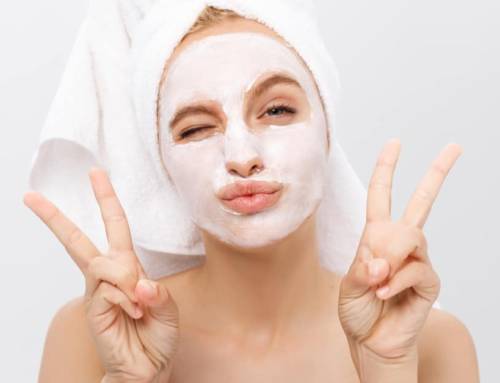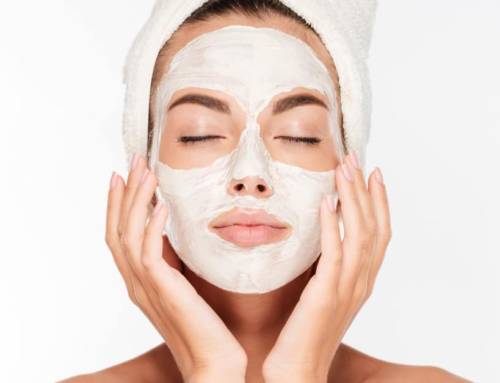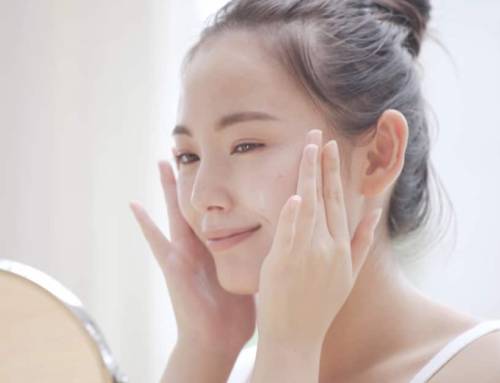6 Sunscreen Rules for Summer Sun Safety Month
Considered one of the best ways to protect the skin from everything from skin cancer to premature signs of aging, sunscreen is a vital component to spending the long, hot days of August at a pool, a baseball game, or a sizzling backyard barbeque safely. Consumers could feel protected from the sun by revisiting the six key rules for achieving the most protection from any sunscreen lotion, spray, stick, gel, foam, or powder this August – and beyond.

Rule #1: Everyday application
The sun’s ultraviolet (UV) rays can damage your skin in as little as 15 minutes, according to the Centers for Disease Control. That means sunscreen needs to be applied every single day – even when it’s cloudy or overcast outside. Why? Even on cloudy days, up to 80% of the sun’s harmful UV rays can penetrate your skin, according to research.
Bottom line? For the ultimate protection, slather, spray, or rub on that sunscreen every single day, regardless of the weather.
Rule #2: Seek out “broad spectrum”
Within the UV spectrum, there are two kinds of rays that damage the DNA of skin cells and lead to skin cancer: UVA rays and UVB rays. UVA rays cause skin damage that leads to tanning, skin aging, sagging, fine lines, and wrinkles. The shortest wavelengths of UVA rays also contribute to sunburn. UVB rays cause the reddening of skin, sunburn, and play a key role in developing skin cancer. Protecting the skin from both types of rays is critical for safety in the sun.
To gain the most protection from a sunscreen product, select products with the phrase “broad spectrum” on the packaging. “Broad spectrum” indicates the formulation includes ingredients offering up protection from both UVA and UVB rays. Want even more protection from a formulation? Many experts also recommend seeking out water-resistant sunscreens, which help maintain the SPF of a product for up to 40 minutes (or 80 minutes) during swimming or sweaty activities.
Rule #3: Get schooled about SPF
SPF stands for Sun Protection Factor and is a measure of a sunscreen’s ability to prevent UVB rays (the main culprit behind sunburn) from damaging the skin. Essentially, the SPF level on a sunscreen product is the time it would take for a sunburn to occur without the sunscreen on versus the time the sunburn would occur with the sunscreen on.
For example, a product with SPF 30 means it would take 30 times longer for a sunburn to occur with the product on, than if zero sunscreen had been applied.
Two kinds of UV rays damage the DNA of skin cells
So, what level of SPF is needed for the ultimate protection from the sun’s rays? According to the American Academy of Dermatology:
Dermatologists recommend using a sunscreen with an SPF of at least 30, which blocks 97% of the sun’s UVB rays. Higher-number SPFs block slightly more of the sun’s UVB rays, but no sunscreen can block 100 percent of the sun’s UVB rays.
Rule #4: The “shot glass” rule
Currently, only 25-50% of people use the recommended amount of sunscreen, according to the American Academy of Dermatology. For the correct sunscreen dosage, the general rule of thumb is to apply one ounce of product, or the amount of liquid in a shot glass, to the average adult’s body before heading outside. A nickel-sized amount should also be used to cover the face and neck.
Additionally, it’s important to remember sunscreen should be applied to all exposed skin, even the often forgotten parts like the tops of feet, the back of the neck, ears, the head, and the hands. And don’t forget the lips! The lips are especially overlooked when it comes to sunscreen application, but can also fall victim to sunburn, peeling, or developing skin cancer. For the ultimate sun-safe pucker protection, frequent application of a lip product with an SPF of 15 or higher should do the trick.
Rule #5: Reapply frequently
“If you’re in the sun, your sunscreen is good for a max of two hours, and depending on the sunscreen it might not even last that long,” said Lisa Garner, a dermatologist, in a recent interview about sunscreen mistakes.
“If you’re in the sun, your sunscreen is good for a max of two hours, and depending on the sunscreen it might not even last that long.”
Lisa Garner
Dermatologist
The active ingredients that create a sunscreen’s efficacy wear off over time, and swimming, sweating, and toweling off all work to reduce a product’s effectiveness. For ultimate sun protection, aim to apply sunscreen every one to two hours, and even more frequently if you’re splashing in the waves or sweating a lot.
As many dermatologists and skincare experts have stated about sunscreen application: “there’s no such thing as too much.”
Rule # 6: Check the expiration date
Sunscreen is effective – but only if the product hasn’t expired.
“We remind people to put sunscreen on, but we honestly don’t remind them often enough to check to make sure that it’s a product that’s still effective,” said dermatologist Dr. Mark Abdelmalek in an interview with ABC News.
The Mayo Clinic states sunscreen retains its original efficacy for up to three years. However, this time span decreases if sunscreen is exposed to high temperatures. Plus, it’s important to note that opened sunscreens are more susceptible to collecting germs, which can deteriorate the preservatives in a formulation – and also reduce a product’s effectiveness.
To make sure a sunscreen offers the most sun protection for skin, always be sure to check a product’s expiration date before purchase. If a product doesn’t include an expiration date, write the purchase date on the sunscreen packaging as a personal reminder about when to toss it.
Otherwise, be sure to use the sunscreen up before the expiration date. And always make sure to ditch a sunscreen if the color, consistency, or smell of a formulation has changed.
Be sure to follow these six sunscreen rules during any Summer Sun Safety Month – and every day spent outdoors in the days and years to come.






